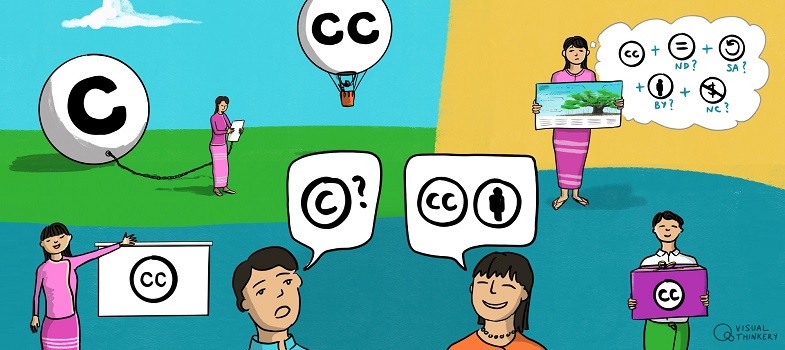Limitations and exceptions to copyright law
Copyright is not absolute; there are some uses of copyrighted works that do not require permission. These uses are limitations on the exclusive rights normally granted to copyright holders and are known as ‘exceptions and limitations’ to copyright.
When legislators created copyright protections, they realised that allowing copyright to restrict all uses of creative works could be highly problematic. For example, how could scholars or critics write about plays, books, movies or other art without quoting from them? (It would be extremely difficult.) And would copyright holders be inclined to provide licences or other permission to people whose reviews might be negative? (Probably not.)
For this and a range of other reasons, certain uses are explicitly carved out from copyright – including, in most parts of the world, uses for purposes of criticism, parody, access for the visually impaired and more.
Fair use, fair dealing and other exceptions and limitations to copyright are an extremely important part of copyright design. Some countries afford exceptions and limitations to copyright, such as fair dealing, and other countries do not offer exceptions or limitations at all. If your use of another’s copyrighted work is ‘fair’ or falls within another exception or limitation to copyright, then you are not infringing the creator’s copyright. You can find out more about ‘fair use’ around the world and in the context of international treaties, such as the Berne Convention, in the additional resources section. Exceptions and limitations to copyright vary by country. There are global discussions around how to harmonise them. This WIPO study compares the copyright exceptions and limitations for libraries in many countries around the world.
Generally speaking, there are two main ways in which limitations and exceptions are written into copyright law:
- The first is by listing specific activities that are excluded from the reach of copyright. For example, Japanese copyright law has a specific exemption allowing classroom broadcasts of copyrighted material. This approach has the benefit of providing clarity about precisely what uses by the public are allowed and not considered infringing. However, it can also be limiting, because anything not specifically on the list of exceptions may be deemed restricted by copyright.
- The other approach is to include flexible guidelines about what is allowed in the spirit of the three-step test described above. Courts then determine exactly what uses are allowed without the permission of the copyright holder. The downside to flexible guidelines is that they leave more room for uncertainty. You can find out more about ways in which fair use is determined in the United States in the additional resources section.
Most countries also have compulsory licensing schemes, which are another form of limitation on the exclusive rights of copyright holders. These statutory systems make copyrighted content (such as music) available for particular types of reuse without asking permission, but they require payment of specified (and non-negotiable) fees to the copyright owners. Compulsory licensing schemes permit anyone to make certain uses of copyrighted works so long as they pay a fee to the rights holder whose work will be used.
Introductions
